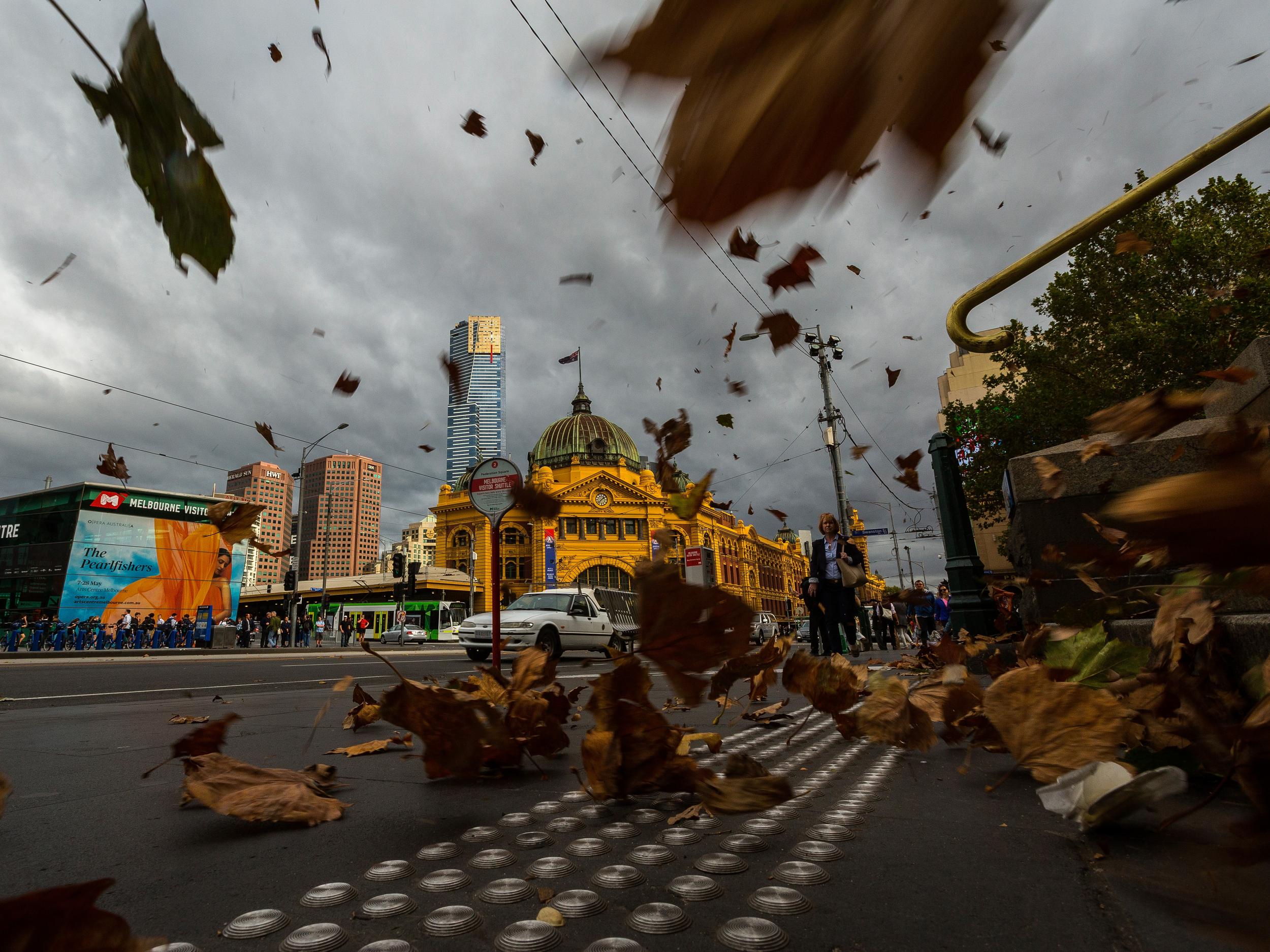Thunderstorm asthma: Two die after storm causes increase in respiratory problems
Pollen levels soar so high many people who had never experienced the condition before have trouble breathing

Your support helps us to tell the story
From reproductive rights to climate change to Big Tech, The Independent is on the ground when the story is developing. Whether it's investigating the financials of Elon Musk's pro-Trump PAC or producing our latest documentary, 'The A Word', which shines a light on the American women fighting for reproductive rights, we know how important it is to parse out the facts from the messaging.
At such a critical moment in US history, we need reporters on the ground. Your donation allows us to keep sending journalists to speak to both sides of the story.
The Independent is trusted by Americans across the entire political spectrum. And unlike many other quality news outlets, we choose not to lock Americans out of our reporting and analysis with paywalls. We believe quality journalism should be available to everyone, paid for by those who can afford it.
Your support makes all the difference.Two people died from rare "thunderstorm asthma" while waiting for ambulances to arrive in Melbourne, Australia on Monday, after hundreds of city residents became ill.
1,870 people phoned paramedics because they were experiencing breathing difficulties, triggered by an extremely high level of rye grass pollen in the air, whipped up by strong winds.
Ambulance Victoria took six times more calls than the daily average between 6pm and 11pm local time on Monday. At least 30 people remain in intensive care.
The state of Victoria government has promised to conduct a full investigation into the deaths.
Health Minister Jill Hennessy said Ambulance Victoria would be reviewing the incident, which pushed it and hospitals beyond capacity.
“There’ll no doubt be a full review of what occurred last night and what the clinical outcomes were as a result,” she told local media.
“No doubt, there will be lessons to learn, there always are in these cases, but every part of our emergency management surge occurred correctly."
Ms Hennessy added that the crisis was so severe private hospitals had been forced to open their doors to the public.
“It was extraordinarily busy, it was unprecedented,” Mick Stephenson, Ambulance Victoria's executive director of emergency operations, told the BBC.
He said about 200 calls were directly linked to asthma, but 600 more reported respiratory issues.
“What we do know is that a lot of people who called last night had never had asthma before, so this was their first experience,” he said.
One of those killed by the freak weather event was named by her family as 20-year-old Hope Carnevali.
Local media said the young woman had suffered a horrific asthma attack, and lay on her lawn for more than 30 minutes waiting for an ambulance to arrive, while her family desperately performed CPR.
Eighteen-year-old Omar Moujalled, a high school student, died at a doctor's surgery before he could reach hospital.
A spokesman for Ambulance Victoria said: “Our thoughts are with the families of those patients. We will carry out a full clinical review into these cases.”
The incident occurred on one of Australia's hottest November days. At 8am the temperature had already hit 26 degrees, rising to 35 degrees in the afternoon before the storm hit.
By Tuesday the weather had dropped to a dramatic 18 degrees cooler, providing relief to residents who described it as “typically Melbourne”, local media reported.
About one in 10 people have asthma in Australia, with about 80 per cent of those sufferers experiencing allergies, particularly to rye pollen.
When saturated in rain, the pollen breaks down into smaller particles which become easier to inhale and trigger an asthma attack.
“A person who has an allergic response to that particular pollen, because it's so small, it will get into the lungs,” Asthma Victoria chief Robin Ould told the BBC.
He said Monday's rye particle count of 102 was more than double what would be considered high on a normal day.
Join our commenting forum
Join thought-provoking conversations, follow other Independent readers and see their replies
Comments